Stephen Anderson, MD, FACEP, is an emergency physician in Seattle, Washington, and a former Chair of the Board of the American College of Emergency Physicians.
I’ve worked my whole career in Seattle, a region built to get out of the rain, not to escape the heat. The last week was unprecedented in the thermal highs, and emergency department (ED) volumes for a summertime.
We’re used to influx during flu season, and we have not escaped COVID-19 yet. We know how to cool an individual hyperthermia patient, but in a community where few people have air conditioning, regional temperatures above 100 can create a dangerous situation. This is as much about volume solutions as individual care.
When all our EMS units broke records for single day transports, some hospitals ran out of ventilators, and everyone seemed to have a “Code Sepsis” alert announced overhead, as they arrived tachycardic and a temperature above 101.
My department ran out of hallway walls, and gurneys became “Hall Bed 8B.” On Monday morning, there were next to no empty admission beds in Puget Sound to transfer to, and the faucet of incoming patients only increased in the afternoon.
Emergency medicine was founded on disaster response, solving problems with duct tape and ice cubes. We got creative. We put a local box store mini fridge in the department to cool saline bags (don’t tell the Joint Commission). It seemed every axilla and groin in our department was home to an ice bag.
Resuscitated and cooled patients awoke from comas and were not discharged back to the virtual ovens their homes had become. The “admissions waiting for a bed” took up every room, and triage rooms became the treatment rooms. Staff stayed over because the need for hands was evident to all, and the option of getting in a car that was heated to 125 degrees didn’t sound that appealing
What’s obvious in retrospect, is that the weather forecasters told us days in advance this was coming. They warned us about fast rivers from snow melt, and the risk of drowning. They told us a fan blowing 112-degree heat into a room from outside was just creating a convection oven. They suggested solutions to stay cool.
It turns out that those with means mostly listened. As with so much of our work, serving as a social safety net, it was those who were already most at risk who suffered the most. Our institutionalized, our homeless, and our multiple-risk factor patients with complex care challenges—those were the people most in need of high intensity care.
In the aftermath, we had a lovely summer Seattle day, high of 78. We mostly dug ourselves out, but it will take weeks to tabulate the death toll. As with our response to COVID-19, we have lessons to learn. My suggestion is focus first on the most vulnerable, and follow the general guidelines for preventing and treating heat-related illnesses.
And if you work in the EMS or ED field... Thanks for continuing to be our heroes.
 American College of Emergency Physicians
American College of Emergency Physicians







